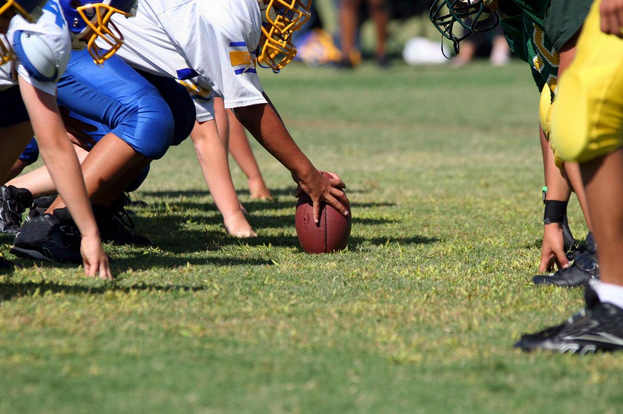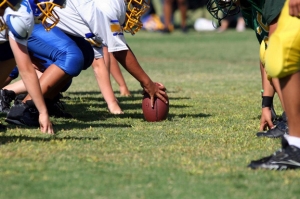
Athletes depend on their hands for precision, power, and control. But the same high-impact plays that bring victory can also lead to serious hand or wrist injuries. Whether you're recovering from a dislocation or facing surgery for a torn tendon, understanding the treatment process is essential. Here's how specialists manage sports trauma from diagnosis to full return.
Common Sports Injuries of the Hand and Wrist
Athletes rely heavily on their hands for grip, control, and balance. High-impact sports like football, basketball, volleyball, and gymnastics often lead to:
- Scaphoid fractures from falls onto an outstretched hand
- Jersey finger, where a flexor tendon is pulled from the bone
- Gamekeeper’s thumb, involving ligament damage from forceful thumb bending
- Wrist sprains or ligament tears from repetitive stress or collision
- Hook of hamate fractures, especially in sports using bats or racquets
Early evaluation is key many athletes mistakenly “shake it off,” which can lead to long-term instability or joint dysfunction.
Diagnosing Hand Injuries with Precision
Accurate diagnosis starts with a detailed history and physical exam, followed by imaging like X-rays, ultrasound, or MRI. Unlike routine injuries, sports-related trauma often involves subtle ligament or cartilage damage that may not show up immediately. Ultrasound and stress tests can help identify hidden instability that might require more than rest and bracing.
Treatment Options: Conservative to Surgical
Whenever possible, non-surgical options like immobilization, taping, physical therapy, or ultrasound-guided injections are prioritized especially when timelines for return to sport are tight. However, for complete tendon ruptures, displaced fractures, or chronic instability, surgery may be the most effective option. Specialist hand surgeons perform minimally invasive procedures using small incisions and specialized tools to reduce downtime and scarring.
After surgery, rehab is tailored not just to healing but to returning athletes to their specific sport with full strength, mobility, and confidence.
Return-to-Play Planning
One of the most critical roles of a hand surgeon in sports medicine is determining safe return-to-play timelines. This involves collaboration with physical therapists, athletic trainers, and sometimes coaches. Protective splints, gradual strength training, and activity-specific drills are used to ensure the hand can withstand high-impact forces before an athlete resumes competition.
If you’ve suffered a hand or wrist injury during sports or training, early and expert care can make all the difference. The Hand, Wrist & Elbow Institute at Midwest Orthopaedics at Rush offers individualized treatment plans that support rapid recovery while preserving long-term joint and tendon health—so you can get back to doing what you love, with strength and stability.

